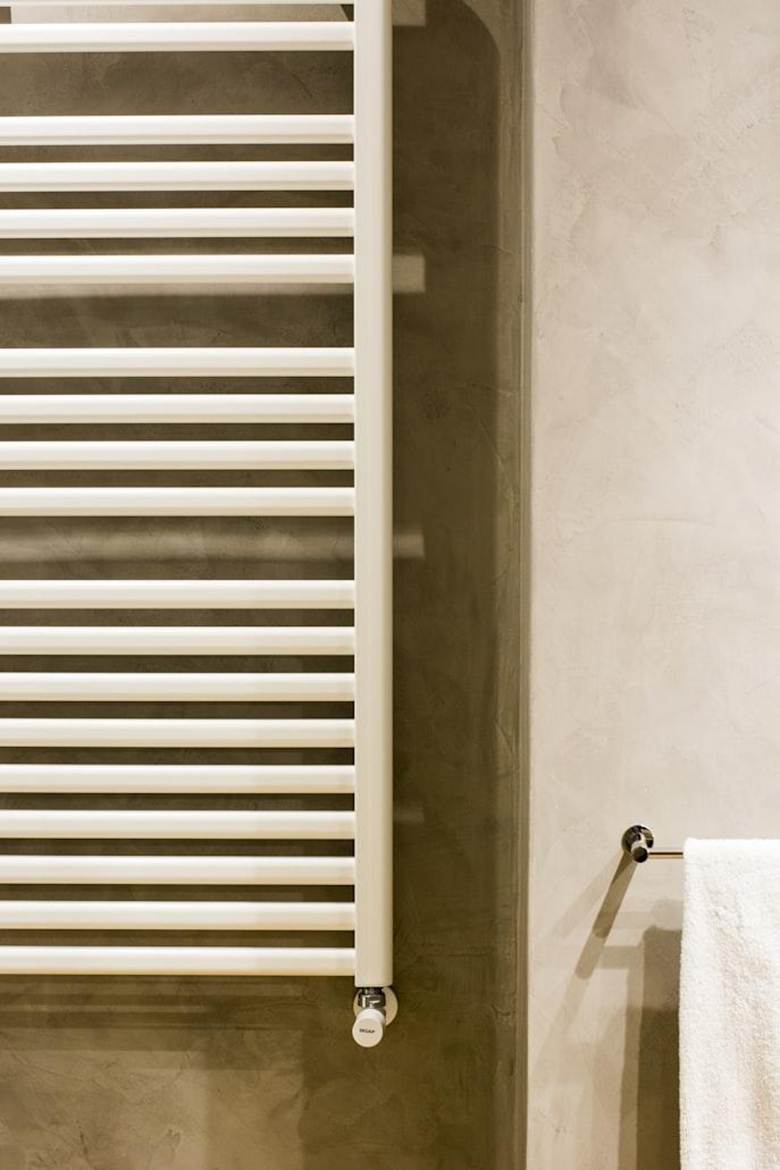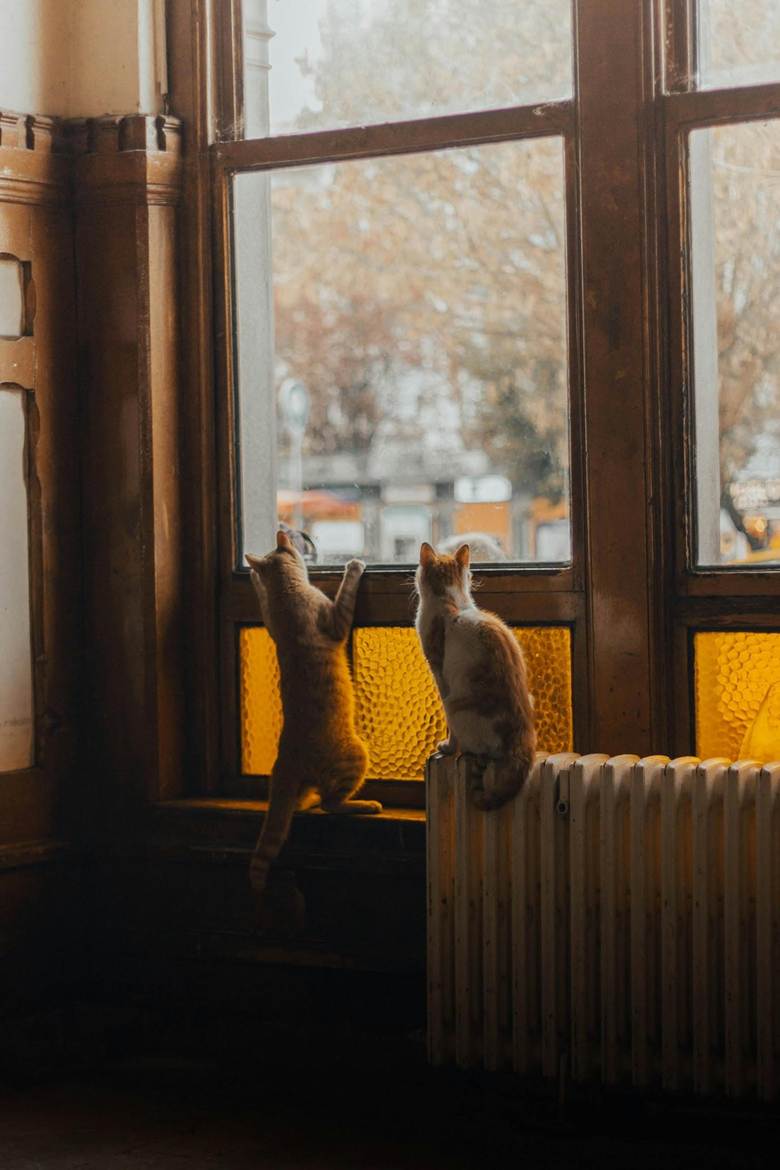Heating systems work hard to keep indoor spaces comfortable through long winters. When problems go unnoticed, efficiency drops and repair costs climb. Identifying issues early prevents major breakdowns and protects your investment. A proactive approach helps extend system lifespan and maintains consistent warmth throughout the season.

Uneven Temperatures Across Rooms
Uneven temperatures often signal problems with airflow, ductwork, or system performance. If some rooms stay warm while others remain chilly, the heating system may struggle to distribute heat evenly.
Leaks in ducts, blocked vents, or malfunctioning dampers disrupt balance and cause discomfort. Many property owners choose to look into Kobella heating services and other professional options to address these imbalances quickly. Technicians use diagnostic tools to locate issues and recommend targeted solutions. This prevents unnecessary energy waste and keeps occupants comfortable without constantly adjusting thermostats. Consistent temperatures indicate a system that works efficiently and maintains proper airflow throughout the property.
Persistent Unusual Noises During Operation
Modern heating systems typically operate quietly, so unusual sounds should raise concern. Banging, rattling, squealing, or grinding noises suggest mechanical problems that require prompt attention. Loose components, worn belts, or failing motors often produce these sounds.
Ignoring noise can lead to escalating damage. For example, a loose fan blade may start with a small rattle but can damage other components if left unchecked. Early intervention avoids higher repair bills and extends equipment life. A qualified technician can inspect moving parts, lubricate where needed, and replace worn elements to restore smooth operation.
Frequent System Cycling
Short cycling occurs when the heating system turns on and off rapidly without completing full heating cycles. This behavior wastes energy, increases wear, and may signal underlying problems. Common causes include malfunctioning thermostats, oversized equipment, or clogged filters restricting airflow.
Addressing short cycling quickly helps avoid expensive repairs and maintains comfortable indoor conditions. Technicians often test thermostat calibration, examine duct integrity, and check safety switches to identify the root cause. Once corrected, the system operates more efficiently and maintains steady warmth without constant interruptions.
Rising Energy Bills Without Increased Usage
A sudden spike in energy bills often points to reduced system efficiency. When heating components degrade or airflow becomes restricted, the system must work harder to achieve the same temperature. This increased demand drives energy consumption higher even if usage patterns remain the same.
Dirty filters, failing heat exchangers, and leaky ducts frequently cause these cost increases. Replacing filters regularly and scheduling seasonal inspections can prevent these issues from escalating. Energy bills that rise steadily despite consistent use should prompt a thorough evaluation by a professional.
Inconsistent Thermostat Performance
Thermostats act as the control center for heating systems, so irregular performance affects comfort and efficiency. If the thermostat displays incorrect temperatures or fails to respond to settings, heating cycles become unpredictable. Inaccurate readings can cause overheating or insufficient warmth throughout the property.
Upgrading to programmable or smart thermostats often resolves these issues while adding more control options. Technicians can verify wiring, sensor accuracy, and software functionality to restore precise regulation. A reliable thermostat helps the entire heating system operate more effectively.
Delayed System Response After Adjustments
When the thermostat setting changes, the heating system should respond promptly. Delayed reactions often indicate issues with ignition components, blower motors, or gas supply. If warm air takes too long to circulate, the system may need cleaning, calibration, or part replacement.
Technicians can inspect ignition systems, check blower speeds, and verify fuel flow to diagnose delays. Addressing these problems early keeps spaces warm and avoids sudden breakdowns during periods of high demand.
Frequent Repairs Within a Short Timeframe
If the heating system requires multiple service calls within a single season, underlying issues may be causing repeated failures. Components that fail prematurely or in sequence often point to deeper mechanical or electrical problems. Simply replacing individual parts may not solve the core issue.
Comprehensive inspections help identify patterns that cause repeated breakdowns. Whether it involves faulty wiring, mismatched components, or failing controls, resolving the root cause prevents future disruptions. Regular maintenance contracts can catch these issues early, saving time and money over the long term.
Unpleasant Odors Emanating From Vents
Unusual smells coming from vents should never be ignored. Burning odors may indicate electrical issues or dust accumulation on heating elements. Musty or damp smells could signal mold growth inside ducts or moisture buildup in the system. Both situations require immediate attention to protect both equipment and indoor air quality.
Cleaning ducts, replacing filters, and inspecting wiring often resolve odor problems. In more serious cases, mold remediation or component replacement may be necessary. Addressing smells quickly improves comfort and prevents more serious complications.
Visible Signs of Corrosion or Rust
Rust or corrosion on any heating components signals moisture intrusion or material degradation. These issues weaken structural integrity and increase the risk of leaks or system failures. Boilers, furnaces, and radiators exposed to humid environments are particularly vulnerable.
Regular inspections identify rust early before it spreads. Replacing corroded parts, sealing leaks, and improving ventilation protect the system from further damage. Ignoring corrosion can lead to extensive repairs and potential safety hazards in systems using pressurized water or gas.
Poor Indoor Air Quality
A declining heating system can affect indoor air quality by circulating dust, allergens, or combustion byproducts. Clogged filters, cracked heat exchangers, and dirty ducts contribute to this problem. Occupants may experience increased allergy symptoms, respiratory irritation, or unpleasant odors.
Technicians can test air quality and inspect system components for leaks and blockages. Replacing filters, sealing ducts, and servicing heat exchangers improve air circulation and reduce contaminants. A clean, well-maintained heating system supports healthier indoor environments.
Aging Equipment Approaching End of Life
Most heating systems last between 15 and 25 years, depending on usage, maintenance, and design. As equipment ages, performance naturally declines. Older systems often require frequent repairs, consume more energy, and struggle to meet comfort demands. Replacement becomes more cost-effective than continued patchwork fixes.
Technicians can evaluate system condition, energy efficiency, and repair history to determine when replacement makes sense. Upgrading to a modern system improves performance, lowers energy costs, and provides greater reliability during harsh winter conditions.
Inadequate or Irregular Maintenance History
A poorly maintained heating system deteriorates faster than one that receives regular attention. Missing seasonal tune-ups, neglecting filter changes, or skipping inspections allow small problems to escalate. Components wear out prematurely, efficiency drops, and unexpected breakdowns become more likely.
Scheduling consistent maintenance ensures all parts operate correctly and potential issues get addressed before they become expensive problems. A well-documented service history gives property owners peace of mind and helps extend system lifespan.

Heating systems provide comfort and safety, but they require consistent attention to perform well. Recognizing uneven temperatures, strange noises, frequent cycling, and rising bills helps catch problems early. Addressing thermostat irregularities, response delays, corrosion, odors, and maintenance gaps prevents costly breakdowns. Proactive care keeps indoor environments warm, energy-efficient, and healthy.









